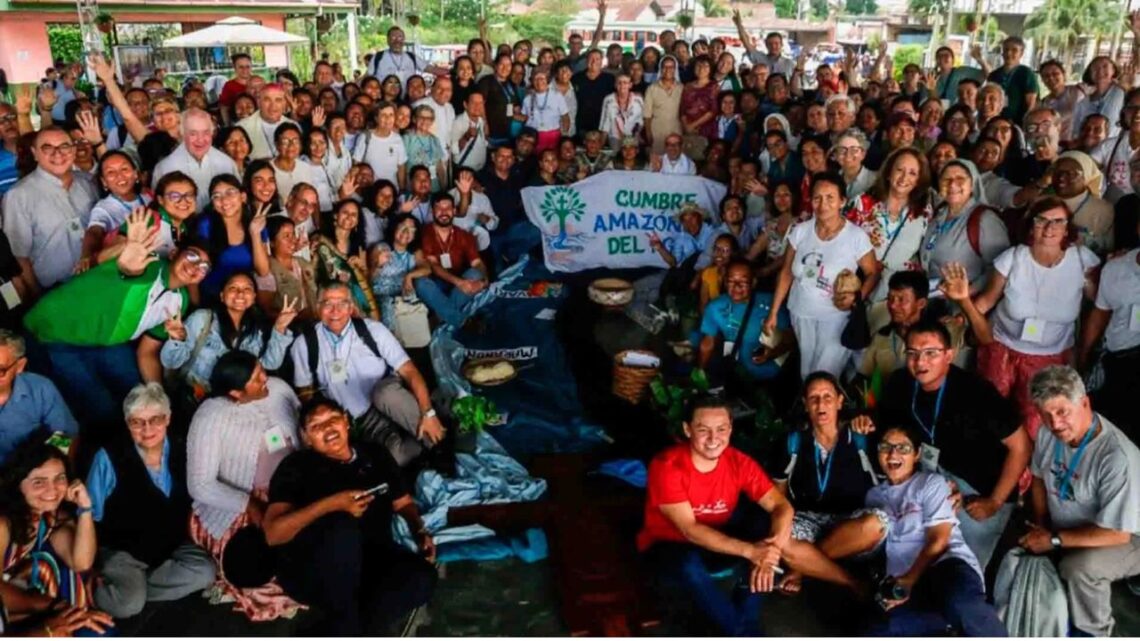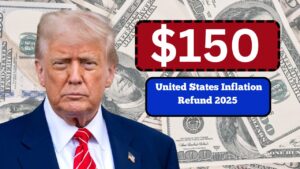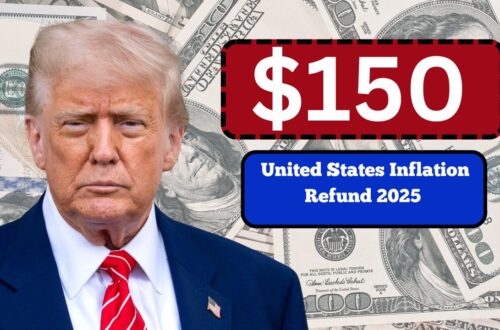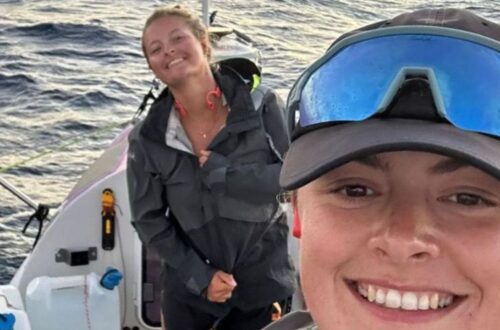On 16 October 2025, the Catholic Church concluded the Amazon Water Summit in Iquitos, Peru, under the emotive banner: “We Are Water, We Are Life, We Are Hope.”
Over 400 delegates from across Latin America and within Peru gathered over three days to confront urgent environmental, social, and spiritual crises tied to water protection in the Amazon.
This summit marked a concerted effort by the Church and civil society to elevate water as a fundamental human right and to galvanize action against extractive threats.
In this article, we unpack every primary detail—figures, demands, testimonies, challenges, and outcomes—so you get a full picture of this momentous event.
Key Facts & Figures
| Item | Detail |
|---|---|
| Location | Iquitos, Amazon, Peru |
| Dates | 1 – 3 October 2025 |
| Delegates | Over 400 participants |
| Countries represented | 10 countries |
| Peruvian regions represented | 14 regions |
| Organizing body | Water Department of Apostolic Vicariate of Iquitos |
| Theme / Motto | “We Are Water, We Are Life, We Are Hope” |
| Documents referenced | Querida Amazonía, Laudato Sì, Laudate Deum |
| Key threats addressed | Mining, oil exploitation, deforestation, pollution, climate change |
| Next summit host | Vicariate of Puerto Maldonado (to host second edition) |
Background & Purpose of the Summit
The Amazon Water Summit was convened to listen, reflect, and act on the crisis facing Amazonian waters and the communities that depend on them.
Though the Amazon is one of the planet’s richest freshwater reserves, many Amazonian communities lack safe drinking water, exposing a glaring paradox.
The summit was launched by the Apostolic Vicariate of Iquitos, in collaboration with organizations like CELAM, REPAM, and networks focused on mining and church engagement.
Its mandate: to combine science, spirituality, and Indigenous wisdom in defense of water, and to produce proposals for national and international forums, especially ahead of COP30.
Three major objectives were set:
- Raise awareness of environmental damage to aquatic ecosystems
- Promote ecclesial and social collaboration for water protection
- Develop educational and advocacy tools to strengthen water rights
Participants & Symbolism
Delegates included indigenous leaders, farming communities, quilombo representatives, social organizations, religious figures, and civil society members.
This diversity underscored a deeply intercultural and solidarity-based approach.
During sessions, participants shared moving testimonies of river pollution, oil spills, and forced displacement. Many insisted that water is sacred, not a commodity. The paradox of contamination in a region rich in water emerged repeatedly.
Archbishop Carlos Castillo of Lima warned of a “policy of extermination” in regions afflicted by environmental destruction.
He relayed the testimony of an indigenous leader about systematic poisoning through oil spills, and called for a profound rebirth of communities.
At the closing Mass, Bishop Miguel Ángel Cadenas (summit organizer) affirmed that the Church must listen and urged joint proposals toward a dignified life for all.
He argued that this summit should serve as a spiritual and political turning point.
Cardinal Pedro Barreto, Archbishop Emeritus of Huancayo, highlighted that the Church has long been committed to creation care through a Pan-Amazonian ecclesial network spanning nine Amazonian countries.
The objective: to integrate the Church’s moral influence with scientific, social, and business dialogue.
Challenges & Threats Highlighted
During the summit, participants confronted a range of existential threats to water and life in the Amazon:
- Illegal mining and gold extraction releasing mercury contamination, poisoning rivers and food chains
- Oil spills and pipeline leaks harming aquatic ecosystems and human health
- Deforestation and land clearing, accelerating erosion and sedimentation
- Extractivism and large-scale resource extraction promoting social dislocation
- Climatic disruptions altering rainfall patterns, river flows, and ecosystem balance
- Governmental neglect and destructive policies, often tied to organized crime and economic interests
- Criminal threats to environmental defenders, including violence and intimidation
By denouncing these, the summit placed water defenders and frontline communities at the center of moral and political appeal.
Final Declaration & Next Steps
The summit’s final declaration strongly denounced the social and ecological crisis threatening life and territorial balance. It singled out mining, oil exploitation, drug trafficking, and extractivism as key drivers of pollution and climate emergency.
It also criticized governmental indifference and destructive policies often linked to criminal interests.
Key proposals included forming a network of Amazonian communicators, educational programs targeting youth, and crafting a political-pastoral document to present at COP30.
The closing Mass sealed the commitment: the Vicariate of Puerto Maldonado accepted to host the Second Amazon Water Summit at a future date.
Impact & Significance
The 2025 Amazon Water Summit stands out for its fusion of faith, ecology, and social justice. It turned water into not just an environmental issue, but a spiritual and rights-based cause.
The Church’s leadership lent moral weight and cross-border reach to local struggles.
By elevating the voices of indigenous, rural, and ecclesial communities, the summit challenged both public policies and global systems tied to resource extraction.
It also linked local struggles with international platforms, signaling that Amazonian water is a planetary concern.
The Catholic Church’s Amazon Water Summit in Iquitos has marked a pivotal moment in the fight for water, life, and hope in the Amazon.
With more than 400 delegates, heartfelt testimonies, and a bold declaration, the summit reasserted that water is more than a resource—it is a sacred gift and a human right.
By blending spirituality, advocacy, and scientific urgency, this event repositioned the Amazon not as a frontier of exploitation, but as a beating heart deserving protection. The decisions to host a second summit and spread educational networks show that momentum is building.
The challenge now lies in translating declarations into concrete actions on the ground, policy change, and sustained global solidarity.









